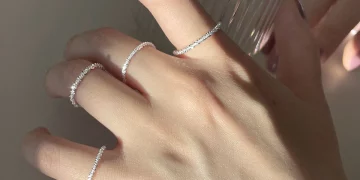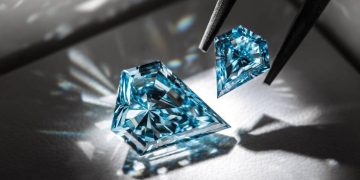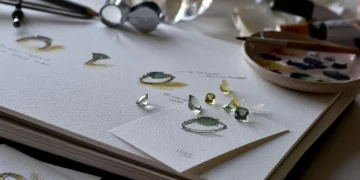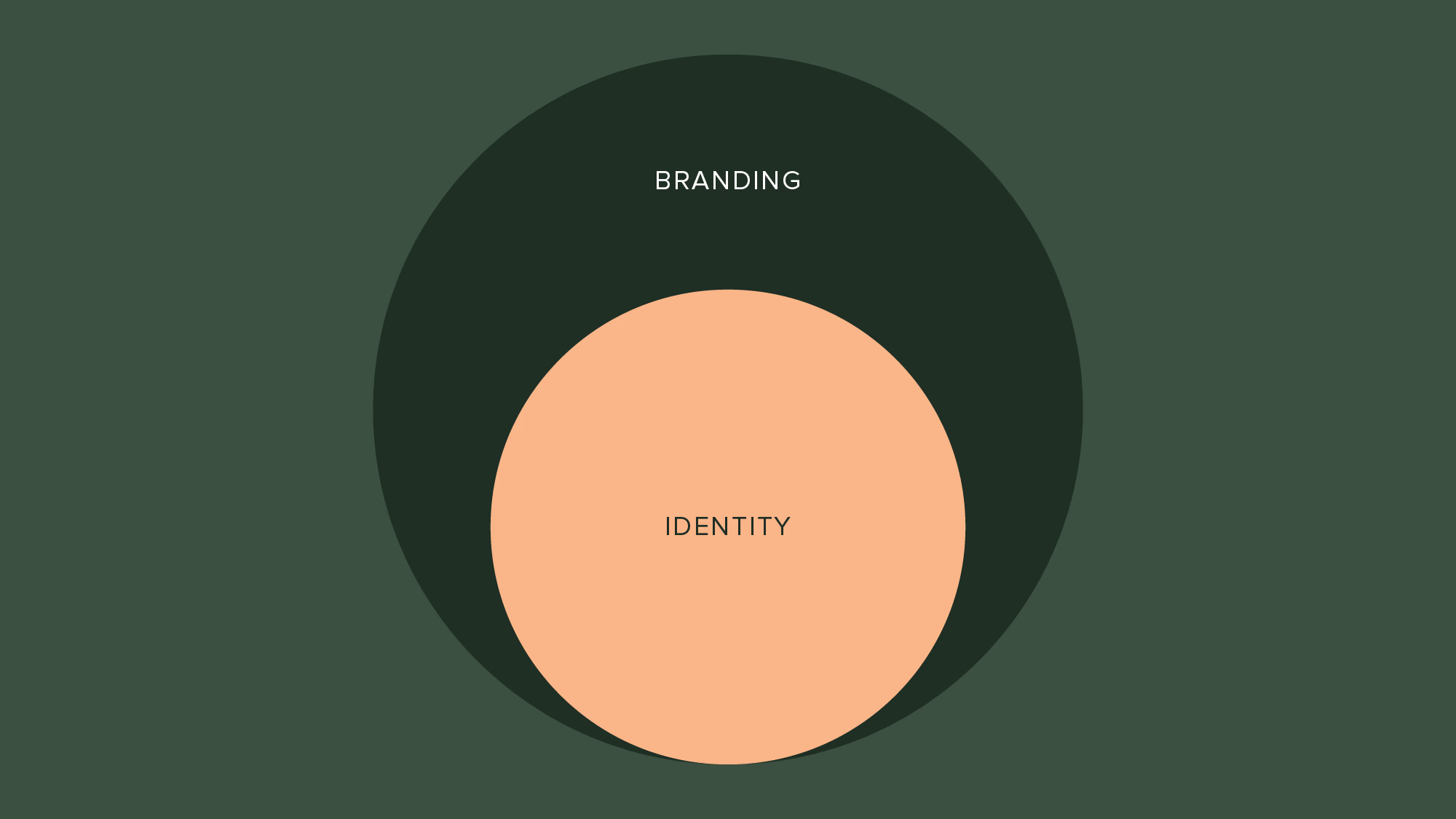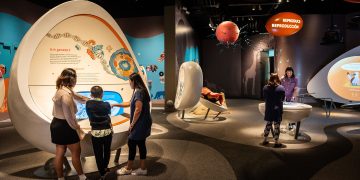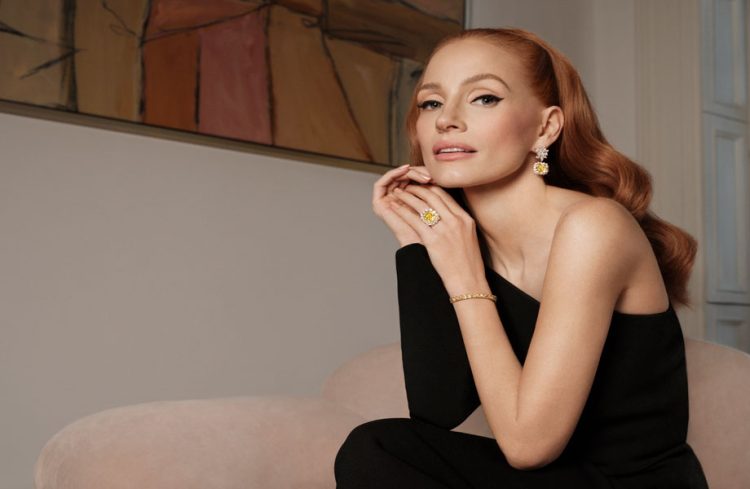Introduction
The luxury jewelry industry, long synonymous with tradition and heritage, is undergoing a transformative phase driven by shifting consumer preferences, technological advancements, and global socio-economic dynamics. As we navigate 2025, several groundbreaking trends are redefining the sector—from hyper-personalization to sustainability and digital innovation. This article explores these emerging forces, supported by data and case studies, to illuminate how they are reshaping the future of luxury jewelry.
1. Hyper-Personalization and Emotional Storytelling
Personalization has evolved from a niche service to a cornerstone of luxury jewelry design. Consumers increasingly seek pieces that reflect their individuality, values, and life stories.
a. Bespoke Design Integration
Brands now prioritize one-on-one consultations to co-create jewelry with clients. For example, Cartier’s “Sur Mesure” program allows customers to modify iconic designs with unique gemstones or engravings. This approach aligns with market data showing that 80% of consumers are willing to pay a premium for personalized jewelry, driven by desires for exclusivity and emotional resonance.
b. Narrative-Driven Collections
Designers are drawing inspiration from cultural heritage, personal milestones, and even AI-generated art. Van Cleef & Arpels’ 2024 “Émotions” collection incorporated wearable pieces that symbolized clients’ travel memories, blending traditional craftsmanship with modern storytelling.
c. Technology-Enabled Customization
AI tools like virtual try-on platforms and 3D modeling software enable real-time design adjustments. For instance, Pandora’s 2024 “Moments Lab” used machine learning to analyze social media trends, offering customers data-driven customization options that boosted sales by 13% year-on-year.
2. Sustainability as a Core Design Principle
Environmental consciousness is no longer optional. Luxury jewelry brands are reimagining materials, production processes, and supply chains to meet ethical consumer demands.
a. Recycled and Lab-Grown Materials
Lab-grown diamonds and recycled gold now dominate collections. Brands like Tiffany & Co. have committed to sourcing 100% traceable gold by 2025, while Chopard’s “Green Carpet” line uses ethically mined gemstones. Notably, 70% of consumers express willingness to pay more for sustainable jewelry, accelerating this shift.
b. Circular Economy Initiatives
Programs such as Boucheron’s “Jewelry Revival” encourage clients to repurpose heirloom pieces into modern designs, reducing waste and fostering brand loyalty.
c. Transparency Through Blockchain
Blockchain technology is being leveraged to verify the origins of materials. De Beers’ “Tracr” platform provides immutable records for diamonds, addressing concerns about conflict minerals.

3. Fusion of Technology and Craftsmanship
The integration of advanced technologies is revolutionizing both design processes and consumer experiences.
a. AI-Driven Design Innovation
Luxury conglomerates are partnering with tech giants to harness AI. Estée Lauder’s collaboration with Microsoft produced 240+ custom GPTs for trend forecasting and material optimization. Similarly, Kering’s “Madeline” chatbot, powered by ChatGPT, offers personalized styling advice, enhancing online shopping engagement.
b. 3D Printing and Micro-Manufacturing
3D printing enables intricate designs previously unachievable by hand. Italian maison Buccellati has adopted this technology for its “Arabesque” series, combining filigree artistry with geometric precision.
c. Virtual and Augmented Reality (VR/AR)
VR showrooms and AR try-ons are bridging the gap between digital and physical retail. Sotheby’s “Virtual Boutique” reported a 30% increase in high-value jewelry sales after implementing AR试戴 tools.
4. Cultural Hybridity and Global Influences
Designers are embracing cross-cultural motifs to cater to diverse markets, particularly in Asia and the Middle East.
a. East-Meets-West Aesthetics
Brands like Qeelin blend Chinese symbolism (e.g., the “Wulu” pendant) with Parisian elegance, targeting affluent Asian millennials.
b. Revival of Indigenous Techniques
Tiffany’s 2024 “Native Threads” collection collaborated with Navajo artisans, incorporating traditional silverwork into contemporary designs.
5. Minimalism vs. Maximalism: A Polarized Aesthetic
The industry is witnessing a stylistic dichotomy. While some consumers favor understated “quiet luxury” pieces, others crave bold, statement-making designs.
a. Quiet Luxury
Hermès and Brunello Cucinelli epitomize this trend with timeless, minimalist designs that emphasize quality over ostentation. Cucinelli’s “Solomeo” workshop focuses on heritage techniques, appealing to discreet high-net-worth individuals.
b. Maximalist Revival
In contrast, brands like Bulgari and Gucci are doubling down on vibrant gemstones and oversized silhouettes. Gucci’s 2025 “Hortus Deliciarum” collection features Baroque-inspired necklaces adorned with multicolored sapphires.
6. The Rise of Gender-Fluid Jewelry
Breaking away from traditional gender norms, unisex designs are gaining traction.
a. Androgynous Collections
Cartier’s “Libre” line offers adjustable rings and bracelets that cater to all genders, reflecting broader societal shifts toward inclusivity.
b. Marketing Reinvention
Campaigns now feature diverse models, such as Louis Vuitton’s 2024 “Beyond Boundaries” series, which showcased jewelry on non-binary influencers.
Conclusion
The luxury jewelry industry’s evolution in 2025 is marked by a delicate balance between preserving artisanal legacies and embracing disruptive innovations. As personalization, sustainability, and technology continue to dominate, brands that successfully integrate these trends will not only survive but thrive in an increasingly competitive landscape. The future of jewelry lies in its ability to tell stories—of the wearer, the maker, and the world we inhabit.

